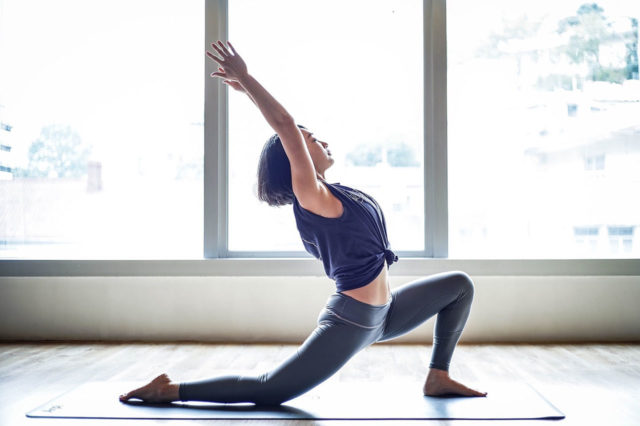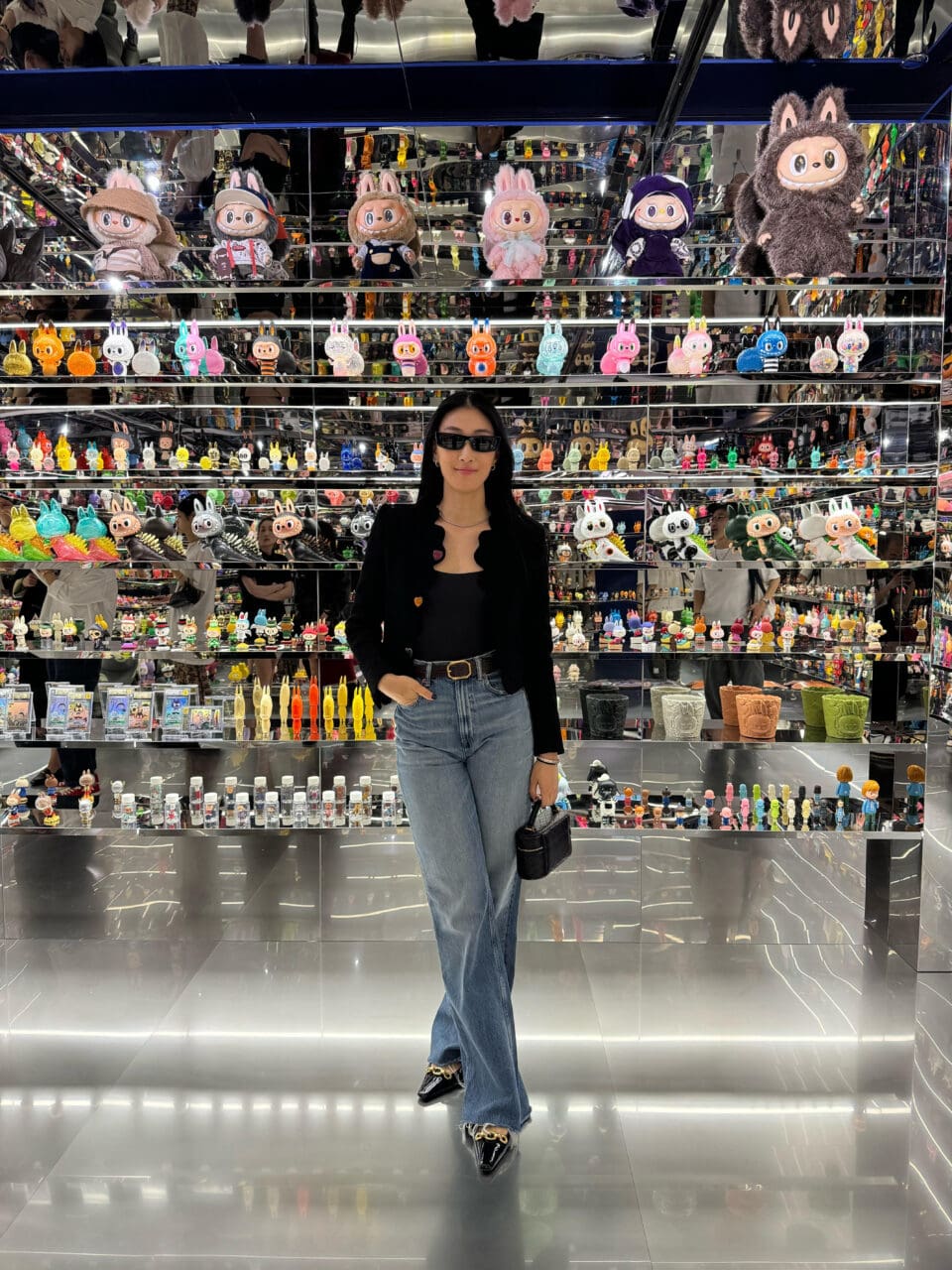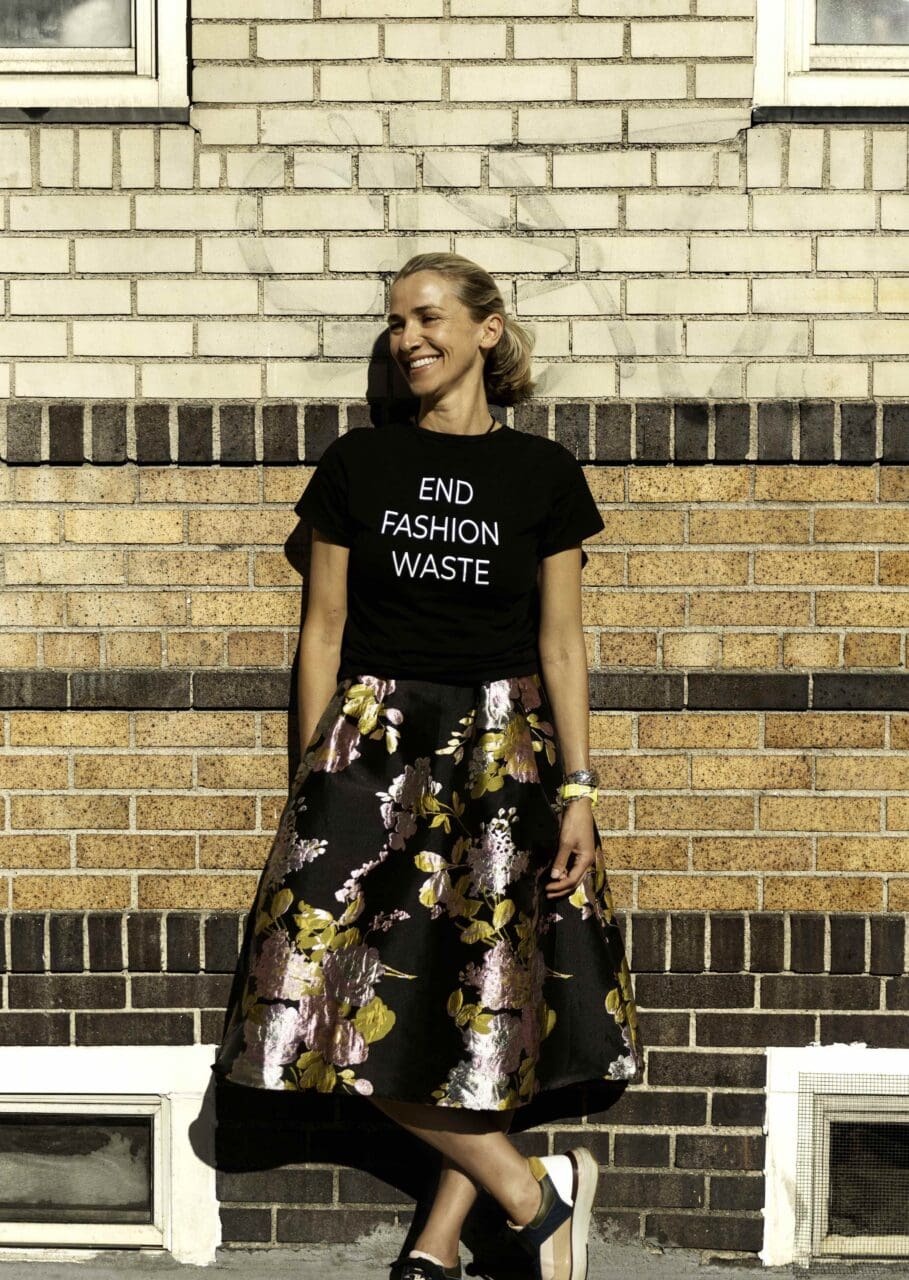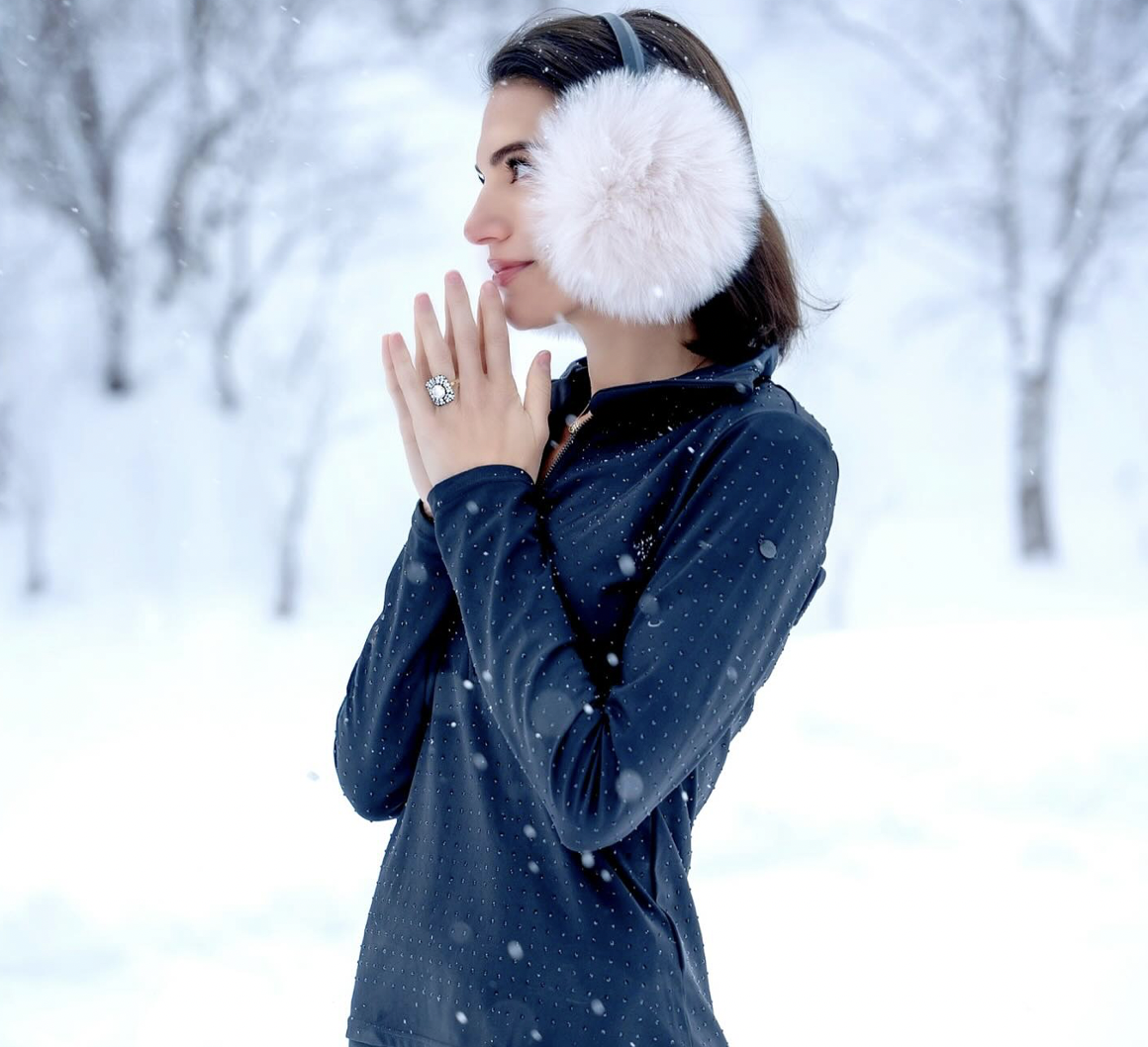The transition from social sports to extreme sports was a momentous part of my life. I thankfully grew up technology-free, spending my life doing outdoor activities in Hong Kong and Indonesia where I was living as a child. I was riding horses at five years old across the tea plantations of the Puncak in Indonesia, and swimming and tennis was a daily part of my life. I played on all the sports teams at school and it was being sporty that kept me on the straight-and-narrow as a rebellious teen. When i was 25 years old, I had a boyfriend who was into ultra marathon running. Despite thinking i could not run more than 5 km in one go, I decided I would train to see if I could keep up. It was here, when it got tough, that the epiphany from recreational sports to extreme sports began.
I learnt to manage pain thresholds, pushed through exhaustion, continued to run on aching knees and agonising loss of toenails (from hammering down steep descents), dealt with intense heat and humidity and trained on runs that lasted up to eight hours at a time. It was true: you learn more life lessons outside your comfort zone. I not only loved it, but felt hugely empowered by it, knowing that I was able to push myself through these pain barriers. The result was a new found sense of confidence. This belief infiltrated all aspects of my life and started to remove a host of insecurities from my youth. I was four years into running endurance races when I got invited to climb Mount Everest.
Briefly, as background, during my endurance running phase, I had trekked to Everest Base Camp two years prior to getting the invite. I remember, in a very non-climbing-etiquette way, competitively timing myself against the fastest times to run up Gokyo Ri and Kala Patthar (they are 19,000-foot scenic peaks for the fittest of trekkers to go up). It’s very un-namaste to be so competitive! I also remember sitting at base camp chatting to the climbers, looking up at Everest’s massive imposing presence and the terrifying Khumbu icefall thinking I could never ever go any higher than base camp. It was great to have seen the great mountain up close but that was my limit – in my mind, I could not go any higher, it was just too daunting, too intimidating, and why would I want to put myself in a one-in-ten death statistic. I loved my life!
Fast forward two years and to be given the chance to go and climb Mount Everest was the opportunity of a lifetime and I knew I had to do it. At this point, I had only climbed one mountain, but I knew I could operate out of my comfort zone and I wanted this like nothing else.
The first challenge was to fly to Ecuador to meet the Chilean team and do a five-day back-to-back initiation climb on both Cotopaxi and Chimborazo. As luck would have it, I came down with bronchitis as soon as I landed in Quito. My relentless cough combined with altitude was horrendous, but I knew that if I wanted to go to Everest I had to summit both these peaks with the team. I coughed my way to both summits, scarring my lungs for life in the process, but I did not care about that such was my focus on achieving my goal. By sheer grit and determination, my summit success was rewarded and I had a place on the Chilean Everest team.
I then went on to climb four more 20,000 foot peaks in Chile with the team as I went through expedited and brutal training to be part of their expedition. I had seven months from when I was asked to be on the team to leaving for Everest. Anything heavy to carry was “for the gringa” and any gnarly crevasse to cross was met with “send the gringa” by the Chileans. I learnt a multitude of lessons from them: of managing fear, pain, and sheer exhaustion under the weight of a 30-pound backpack that I carried uphill for up to nine hours a day at altitude. But, on the flip side, we had so many laughs and the best views nature has to offer, and, once again, climbing brought to me a sense of freedom, confidence and independence that I’d never experienced before. I completely credit my amazing Chilean team for getting me ready for Everest in the shortest amount of time.
Everest was a sensory overload. I sobbed saying goodbye to my parents and family, wondering if I would see them again. I cried my way through comedies on the flight to Kathmandu, but I was beyond excited about what lay ahead. I had also experienced a health issue on my last training climb in Chile which required a surgery to remove a tumour in my uterus. I was now raising money for The Eve Appeal which specialises in the prevention of Ovarian Cancer and I was on a mission to raise as much money as possible and to make other women aware of the importance of being vigilant about screenings. Waiting for the results of my operation was extremely stressful and it was only the thought of climbing Everest, which I lived and breathed every day, that got me through the agonising wait for the results. I was one of the lucky ones: my results were benign. I felt so extraordinarily thankful and lucky for my result that I felt a huge obligation to get the word out to other women – I was now doing this climb on behalf of all women and it was that focus that got me through some of my darkest moments on the mountain.
There were so many times that my life flashed before my eyes during the Everest climb, notably while dealing with going over the ladder crossings in the Khumbu Icefall, a deathtrap labyrinth of ice towers that were constantly creaking and collapsing. The flimsy ladders that help navigate you over the large crevasses in the icefall were loosely tied together over sheer drops deep down into the epicentre of the earth. By controlling my mind like a vice, I was mentally able to get myself through the icefall and climb up the vertical slopes of Everest another ten thousand feet to stand on the highest point on this earth.
It was one of those life changing moments, looking out at the curvature of the Earth from the summit of Everest, holding The Eve Appeal flag in the air next to the prayer flags of Nepal. All the blood, sweat and tears I had shed to get here were all worth it.
Editor
Annabelle Bond






